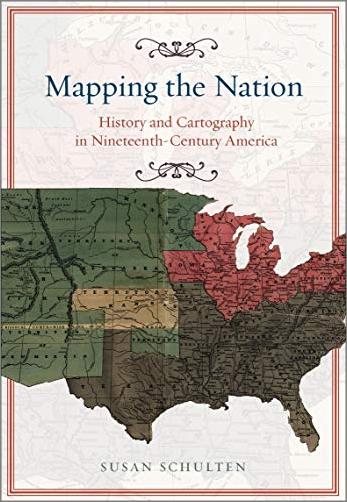|
Mapping the Nation: History and Cartography in Nineteenth-Century America

https://CourseWikia.com
English | July 6, 2012 | ISBN: 0226740684, 022610396X | True EPUB | 272 pages | 34.8 MB
In the nineteenth century, Americans began to use maps in radically new ways. For the first time, medical men mapped diseases to understand and prevent epidemics, natural scientists mapped climate and rainfall to uncover weather patterns, educators mapped the past to foster national loyalty among students, and Northerners mapped slavery to assess the power of the South. After the Civil War, federal agencies embraced statistical and thematic mapping in order to profile the ethnic, racial, economic, moral, and physical attributes of a reunified nation. By the end of the century, Congress had authorized a national archive of maps, an explicit recognition that old maps were not relics to be discarded but unique records of the nation's past.
All of these experiments involved the realization that maps were not just illustrations of data, but visual tools that were uniquely equipped to convey complex ideas and information. In Mapping the Nation, Susan Schulten charts how maps of epidemic disease, slavery, census statistics, the environment, and the past nstrated the analytical potential of cartography, and in the process transformed the very meaning of a map. |
|
udp://tracker.torrent.eu.org:451/announce udp://tracker.tiny-vps.com:6969/announce http://tracker.foreverpirates.co:80/announce udp://tracker.cyberia.is:6969/announce udp://exodus.desync.com:6969/announce udp://explodie.org:6969/announce udp://tracker.opentrackr.org:1337/announce udp://9.rarbg.to:2780/announce udp://tracker.internetwarriors.net:1337/announce udp://ipv4.tracker.harry.lu:80/announce udp://open.stealth.si:80/announce udp://9.rarbg.to:2900/announce udp://9.rarbg.me:2720/announce udp://opentor.org:2710/announce |

